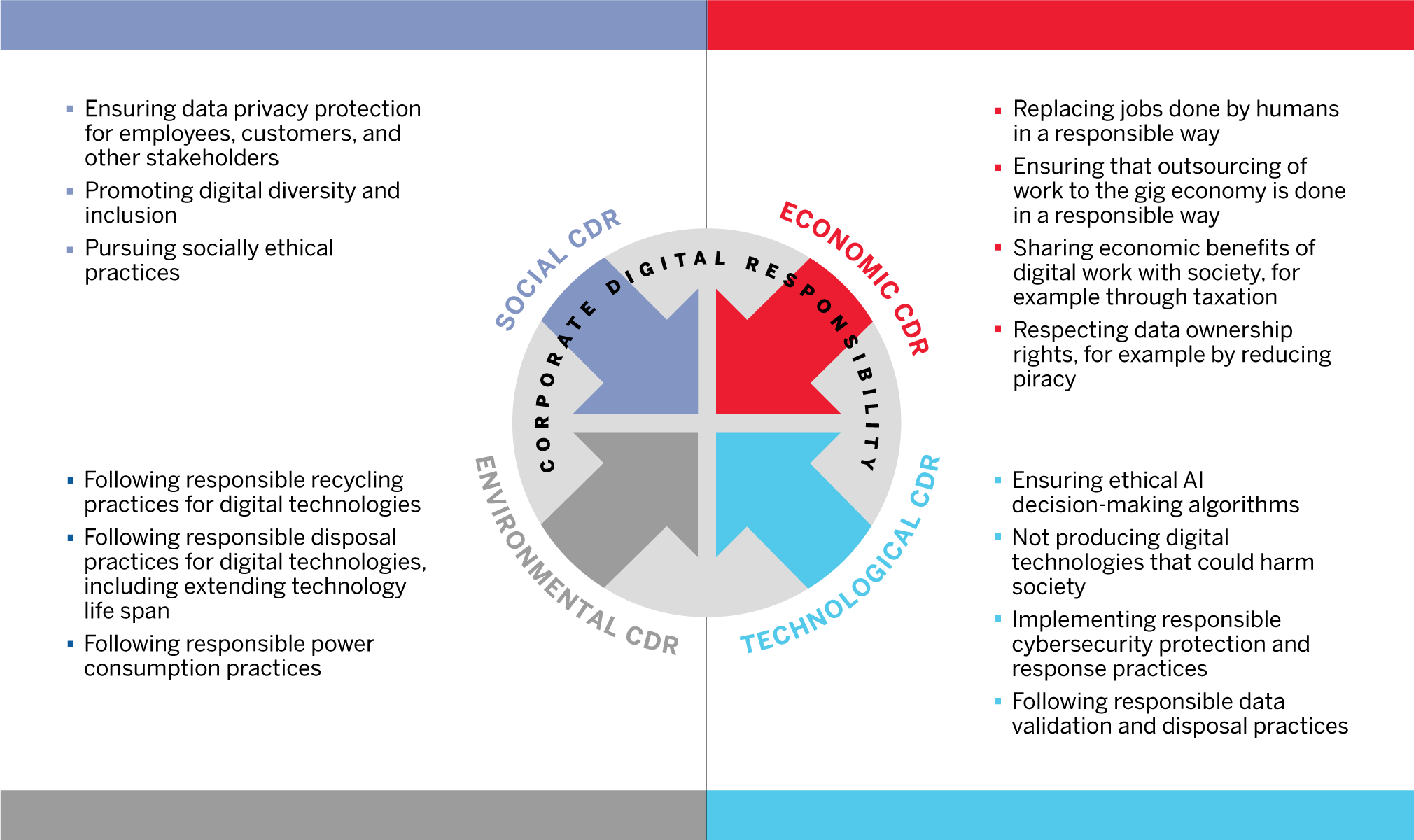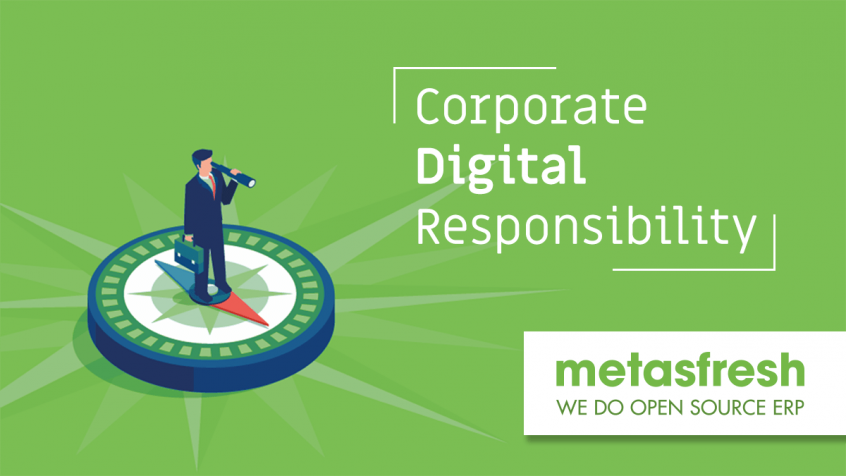Share this Post
The global fight against coronavirus COVID-19 has put company behaviour in the spotlight. Media coverage has focussed on how companies have responded to the crisis in the face of unprecedented business conditions, and already we have seen previously unthinkable examples of collective action, innovation, and collaboration.
Technology firms are joining forces to develop products and find solutions to combat the virus and its spread. Some are teaming up with hospitals to share and analyse data. Others are offering up their computing capabilities to help researchers. Apple and Google, for example, have teamed up to build a new contact tracing technology which can be used by public health authority apps. Cloud vendors — including Amazon, Microsoft and Google — have joined the COVID-19 High Performance Computing Consortium, while Salesforce and again Microsoft and Amazon Web Services have become members of the new data-pooling COVID-19 Healthcare Coalition.
Elsewhere, as workplaces mandate that employees work from home, many solution providers in the communication and collaboration technology realm are offering free or reduced-rate services to provide COVID-19 relief. Cisco is offering 90-day Webex licences to businesses that are not customers. Microsoft has rolled out updates to its free version of Teams that lift user limits. Google Cloud is offering free, advanced videoconferencing through Hangouts Meet. There are many more examples from the likes of Slack, Cloudbox, Crowdstrike and more. We are, of course, doing our bit here at metasfresh, too, offering free shared hosting for six months to help support companies from the DACH region (Germany, Austria and Switzerland) keep their digital processes running.
Corporate Responsibility as Digital Transformation Accelerates
The need to virtualize work due to COVID-19 is indeed accelerating digital transformation efforts across organisations around the globe — many of which, of course, were well underway already. In a matter of weeks, many traditional processes have been rapidly digitised — and with the slew of free and reduced-rate offerings emerging to help businesses, governments and citizens cope with the crisis, the mass acceleration of digital transformation projects will only increase, and any new technologies introduced now will likely remain in place when the crisis is over.
Yet, along with mass-scale digitalisation come ethical dilemmas — in both consumer and business contexts — such as those associated with smart devices and other systems that constantly record data, and AI algorithms that make decisions. As digital transformation accelerates across the business world, and as governments and public healthcare organisations work closely with tech companies to roll out invasive technologies like coronavirus tracking apps that monitor people’s movements, it is of vital importance that all organisations recognise their own digital responsibility.
In a paper published in the Journal of Business Research, Lara Lobschat et al. call on tech companies and other corporate actors employing digital technologies or data processing to be aware that the code they produce or deploy, as well as the data they collect and process, inherently create an ethical responsibility for them. “It is the responsibility of system designers and the organizations that use these systems to recognise that their technologies may be used in ways other than they had anticipated with unwanted consequences for different stakeholders and society at large. […] Consequently, organizations must determine how to operate responsibly in the digital age, while also complying with legal requirements and considering economic impacts on the organization.”
The Four Areas of Corporate Digital Responsibility
When it comes to digitisation, there are two sides of the coin. On the one hand, it opens up an almost limitless range of communication and connectivity possibilities — the very lifeblood of the corporate world in these times of crisis — advances knowledge sharing, improves business efficiency and enhances sustainability. On the other hand, however, it raises new social, economic, technological, and environmental issues — the four categories of corporate digital responsibility (CDR), as defined by MIT Sloan Management Review — that require solutions.

The 4 Categories of Corporate Digital Responsibility —Source: sloanreview.mit.edu
Social CDR relates to a company’s relationship with people and society, covering as a core component the responsible and transparent collection and processing of data. However, social corporate digital responsibility is about more than just complying with data privacy regulations such as GDPR. It means actively shaping the digital world on the basis of ethical principles, such as actively setting clearly defined limits on data use, and providing customers, employees and other stakeholders with comprehensive and transparent information on the scope, intent and purpose of their data gathering. Beyond data protection, social CDR also incorporates the promotion of digital diversity and inclusion, and how companies can ensure access to digital technologies across geographies, industries, social classes and age demographics.
Economic CDR concerns the economic impacts of digitisation, such as the impact of automation on jobs and the outsourcing of work to the gig economy. The sharing of economic benefits of digitisation with society through, for example, taxation is another consideration, as is adequately compensating original owners of monetised data.
Environmental CDR pertains to the impact of digital technologies on the physical environment, such as limiting power consumption, extending the obsolescence lifespans of devices, and the responsible disposal or recycling of old computer equipment.
Finally, technological CDR involves the responsible creation of digital technology itself. This includes everything from incorporating adequate cybersecurity protection into digital products, to ensuring that AI decision-making algorithms do not lead to unfair or discriminatory practices.
Developing a CDR Culture and Framework
Given the growing urgency of the issue, organisations need to quickly examine how their digital practices and the technologies they develop and/or deploy are impacting customers, employees, and society at large in relation to these four areas of corporate digital responsibility.
Lobschat et al. propose a foundational framework of what corporate social responsibility is and its role in the organisation. The framework includes four stakeholders that corporations must account for in their CDR efforts — organisations, individual actors, institutional/ governmental/ legal actors, and artificial/technological actors — as well as four key stages linked to digital technologies and data. These stages are:
- the creation of technology and data capture,
- operation and decision-making,
- inspection and impact assessment, and
- the refinement of technology and data.
Together, Lobschat et al. propose that these stages provide a greater understanding of critical CDR-related issues and how to address them, and build upon each other in a circular relationship.

Basic Conceptual Constituents of CDR. * The outer layer of the graph (in grey) contains CDR-relevant stakeholders. —Source: sciencedirect.com
In addition, the researchers highlight the need to instil a CDR culture within the organisation. They posit that CDR culture exists at three fundamental layers — shared values, specific norms, and artefacts and behaviours. “The specific form of CDR culture relates to digital responsibility aspects of an organization and embodies assumptions and shared values (layer 1) from which specific CDR norms are derived (layer 2), which then result in specific artefacts and behaviours related to CDR (layer 3),” write Lobschat et al. “Accordingly, we regard CDR norms as a form of applied ethics that influence employees’ ethical behaviour through formal and informal structures. The corporation’s CDR culture must enable evaluations of alternative behavioural options and choices of the ‘right’ way forward, on both individual and organizational levels.”

Conceptual Framework of CDR. * Numbers 1–3 represent the layers of an organization’s CDR culture, which differ in their specificity from a low degree of specificity (layer 1) to a high degree of specificity (layer 3). —Source: sciencedirect.com
Final Thoughts
At its heart, corporate digital responsibility is about defining a core, solid set of digitally responsible principles that guide progress. At a time of mass digital acceleration, organisations must strive now more than ever for CDR, reviewing their policies and processes to promote and govern the right behaviours in the delivery of digital products and services. Though it starts with the need to conform to legal requirements and standards — particularly in terms of handling and protecting personal data — CDR is nonetheless a voluntary commitment, though one that organisations will continue to be judged by in both the consumer and employee marketplace.
To help you on your journey towards corporate digital responsibility, several initiatives and platforms have been launched in Germany to help explain the need for and shape the progress of corporate digital responsibility. Please follow the links below to learn more:
Share this Post



